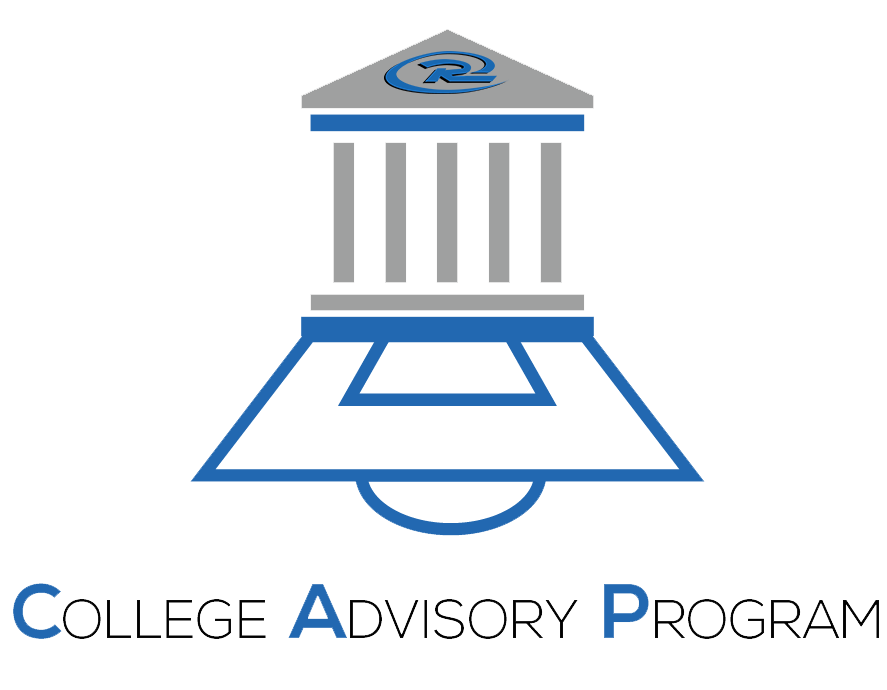Which is a better predictor of college success?
Article written by Teresa Watanabe | Staff Writer from the Los Angeles Times.
As a student at Kaiser High School in Fontana two years ago, Melissa Morfin-Acevedo bombed her SAT test, scoring in the bottom third percentile nationally.
The daughter of an immigrant single mother with a fifth-grade education, Morfin-Acevedo lived below the poverty line and couldn’t afford test prep tutors. She took the 8 a.m. test exhausted, having returned home from her theater job past midnight that day.
But her 4.1 GPA helped her win admission to UC Riverside — and today the second-year student in political science is thriving in the honors program, earning mostly A’s, and preparing for a career in law or public service.
The SAT score does not reflect your future possible success in college,” she said. “If you want it, you can do it.
Research has shown that grades are the best single predictor of college performance and aren’t as heavily influenced as the standardized exams by income, parent education levels and race.
But the ACT and College Board, which owns the SAT, argue that a combination of grades and test scores is the best overall guide to selecting students who are likely to succeed in college. Using grades without test scores could exacerbate inequities, test officials say, because grade inflation is worse in affluent schools, according to research they have reviewed.
The UC Academic Senate, which sets admissions standards, is expected to issue recommendations on the tests by February, with Cal State to follow. The issue, which has drawn international attention because of the size and prestige of the public university systems, raises several pressing questions. How do students with high grades but low SAT scores actually do in college? What support do they need — and get? Are there drawbacks to relying more heavily on grades?
UC Riverside is a living laboratory that offers some answers.
Among the University of California’s nine undergraduate campuses, UC Riverside has the second lowest SAT scores for entering freshmen — an average 1260, the 82nd percentile. But the Inland Empire campus has won accolades for helping disadvantaged students succeed, including a No. 1 ranking for graduating low-income students among national universities by US News & World Report this year. The majority of its 24,000 students are low-income and the first in their families to attend college; 4 in 10 are underrepresented minorities.
To flesh out the questions, the campus provided data on SAT scores, high school GPAs and student outcomes for 7,889 freshmen who enrolled in 2012 and 2013. The bottom line: The most successful students had both high GPAs and high test scores. But those with equally high grades and lower test scores weren’t far behind.
Among 1,807 UC Riverside students with GPAs of 3.75 or higher and SAT scores above 900 — the 32nd percentile — outcomes were not so different between those with higher- and lower-end SAT test scores:
- The six-year graduation rate for those with SAT scores between 900 and 1090 was 81% compared with 83% for those with SAT scores between 1100 and 1600, the highest score possible.
- The rate of students returning for a second year was 91% for those with the lower scores and 94% for those with the highest scores.
- The first-year GPA was 2.78, a B-, for students with lower scores compared with 3.36, a B+, for those with the highest scores.
- Students with SAT scores below 900, however, did noticeably worse. Their graduation and second-year retention rates were 10 percentage points below the group with the highest SAT test scores. Still, 73% graduated within six years compared with 65% of peers with higher SAT scores but lower GPAs.

Zachary Bleemer, a research associate at UC Berkeley’s Center for Studies in Higher Education.
His analysis last year looked at the academic records of about 8,000 UC students who enrolled under a program that guaranteed admission to the top 4% of each high school’s graduating class between 2001 and 2011, but whose average SAT scores were nearly 300 points below their peers at the UC campuses they attended.
Their five-year graduation rate was 77% compared with an average 83% among UC peers. But it was substantially higher than it would have been if they had attended a Cal State or community college campus, his analysis found.
The findings suggest that students with high grades but lower test scores can thrive at UC schools and counter the “mismatch hypothesis” that less competitive students are better off at less selective universities, Bleemer said.
For university officials who must weigh the complexities of the criteria in their admissions decisions, there are no easy answers.
Emily Engelschall, UC Riverside director of undergraduate admissions, says she sees the shortcomings of standardized testing but that the scores do help evaluate grades across vastly different high schools. She also worries that dropping the testing requirement could exacerbate grade inflation.
“If you don’t have some sort of standardized tests to balance out grade inflation,” she said, “then that does take one piece of the puzzle away from an admissions professional to help make a decision about a student.”
Jessica Howell, the College Board’s vice president of research, has said that a greater reliance on high school grades in the name of equity would be “misguided” because grade inflation is associated with wealth.
The College Board points to a 2018 study of North Carolina public school students in grades eight through 10 between 2005 and 2016. The study found that median GPAs rose across the board over time, but did so more in affluent schools than in low-income ones.
The study also raised questions about the reliability of grades in measuring mastery of content. It found that only 21% of students who received A’s in algebra I achieved the highest proficiency level in end-of-course exams and 57% of those who received Bs failed to score marks indicating college and career readiness
“The latest research is resoundingly clear,” Howell said in a statement. “Grade inflation is a serious problem, particularly in high schools that serve more affluent communities.”
 First-year student Nathalie Boutros, 18, studies for finals in the Tomás Rivera Library at UC Riverside.
(Francine Orr/Los Angeles Times)
First-year student Nathalie Boutros, 18, studies for finals in the Tomás Rivera Library at UC Riverside.
(Francine Orr/Los Angeles Times)
Take, for instance, Nathalie Boutros and Samia Alkam. Both students tested below UC Riverside’s average SAT score in their first attempts at the exam as high school students.
Their 3.8 GPAs, however, helped them win admission. Every UC campus establishes its own admissions process, and Riverside gives the most weight to high school grades
At the African Student Programs office, fourth-year student Jordan Howlett said his SAT score was low — in the 21st percentile — and he enrolled in a community college. There, he earned a 3.8 GPA and transferred to UC Riverside.
The transition was jarring. He got a D on his first test on biological anthropology. But he figured out how to absorb reading material by scanning the conclusion first and focusing on topic sentences. He joined study groups with fellow athletes and practiced homework problems on a computer program until he got all the answers right. Howlett now has a 3.6 GPA and plans to seek a PhD in African American studies.
He believes that grades, more than test scores, reflect the qualities needed to manage college.
“There are a lot of kids with lots of potential who are troubled test takers,” Howlett said. “Hard work and persistence are most important to being a good student.

